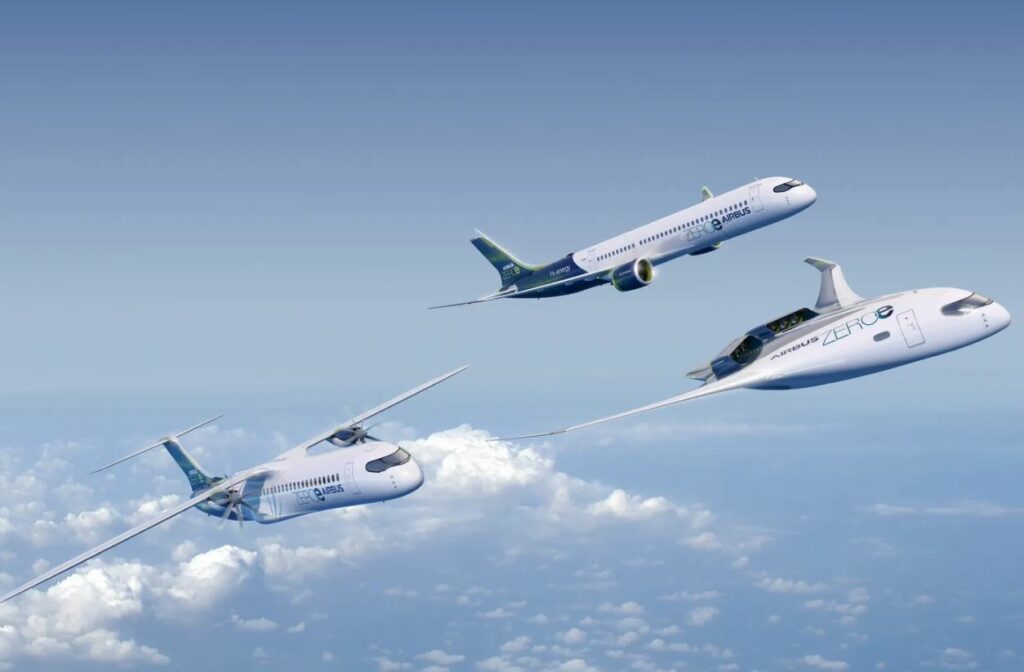Transport accounts for a significant 29% of Europe’s greenhouse gas emissions, so the spotlight on aviation’s contribution to climate issues has never been sharper. A key development has occurred within this context—Airbus’s much-touted hydrogen aircraft program has hit a major roadblock. Amidst earlier projections of launching hydrogen planes within a decade, Airbus’s recent announcement of delays starkly contrasts previous enthusiasms and presents a significant turning point for the industry. This situation is underscored by the €15 billion financial commitment that remains unprecedented despite market hesitance in developing a supporting hydrogen infrastructure.
Hydrogen Challenges
Airbus’s program envisioned positioning hydrogen as a clean energy alternative in aviation, aligning with global decarbonization goals. However, their delay reflects broader hesitations, marking a critical juncture in the industry’s growth trajectory. Without regulations to incentivize investment, the promise of hydrogen aviation remains underutilized. The company, despite its strategic monopoly, has failed to secure a robust funding model for pursuing ambitious, albeit risky, sustainable aviation strategies. As European and French policymakers introspect on the use of allocated public funds, it becomes apparent that ambitions far exceed the sector’s current technological and infrastructural readiness.
Regulatory Imperatives
The reality check emanating from Airbus’s retreat reveals core industry truths—without stringent policy frameworks, innovation remains aspirational. Historical precedents in electric vehicles and renewable energy underscore the necessity of regulatory involvement to catalyze industry transition. This fuels the argument that government mandates—not corporate promises—are essential to propel aviation toward zero-emission targets. The European aerospace sector now stands at a strategic crossroads similar to pre-Dieselgate automotive companies, raising concerns about its preparedness for future global competition, notably from assertive Chinese clean technology initiatives.
Policy Action and Technological Pathways
In recognition of these hurdles, there is a clear call for government-backed incentives and regulations to nurture the most viable zero-emission technologies. Policymakers must look beyond proclamations and support the fledgling technological niche with actionable subsidies, such as waivers on airport charges and prioritized infrastructure access for zero-emission flights. This strategic policy realignment could accelerate certification and deployment of new aircraft designs, extending beyond mere reliance on hydrogen to encompass a broader clean aviation agenda.
Strategic Implications
Representing both an industry introspection moment and an appeal for policy support, Airbus’s decision could catalyze a systemic reevaluation of European aviation priorities. At the upcoming Paris Air Show, stakeholders face a pivotal choice—transcend past illusions and foster actionable progress or risk reputational and operational obsolescence. This juncture emphasizes that the transition towards cleaner aviation is not just a technological challenge but a holistic systemic endeavor demanding collaborative action across government and industry realms.
By reframing expectations and leveraging both policy tools and industry innovation, a more sustainable aviation future might be realized—one that prioritizes real-world impacts over idealistic aspirations.
